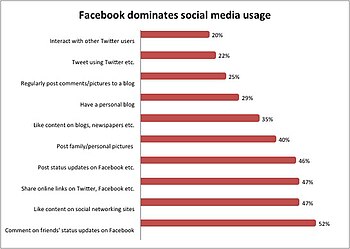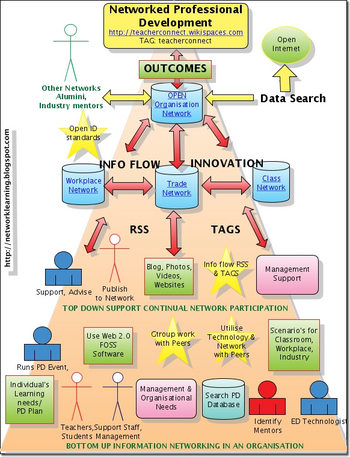A continuing disappointment in Computing is the large and accelerating gender disparity in its recruitment. Due in part, I think, to some muddled thinking that occasionally equates computing with the often sexist pastime of computer gaming attracting female students to Computer Science is hard and getting harder.

This resource helps to address the problem.
When it comes to computer science, we still have a lot of work to do to address gaps in education. That’s evident in our latest report with Gallup, Current Perspectives and Continuing Challenges in Computer Science Education in US K-12 Schools. This report is our most recent in a multiple-year series of Diversity in K12 CS education reports with Gallup in an effort to share new research with advocates, administrators, nonprofit partners and the tech industry to continue addressing gaps in computer science education.













